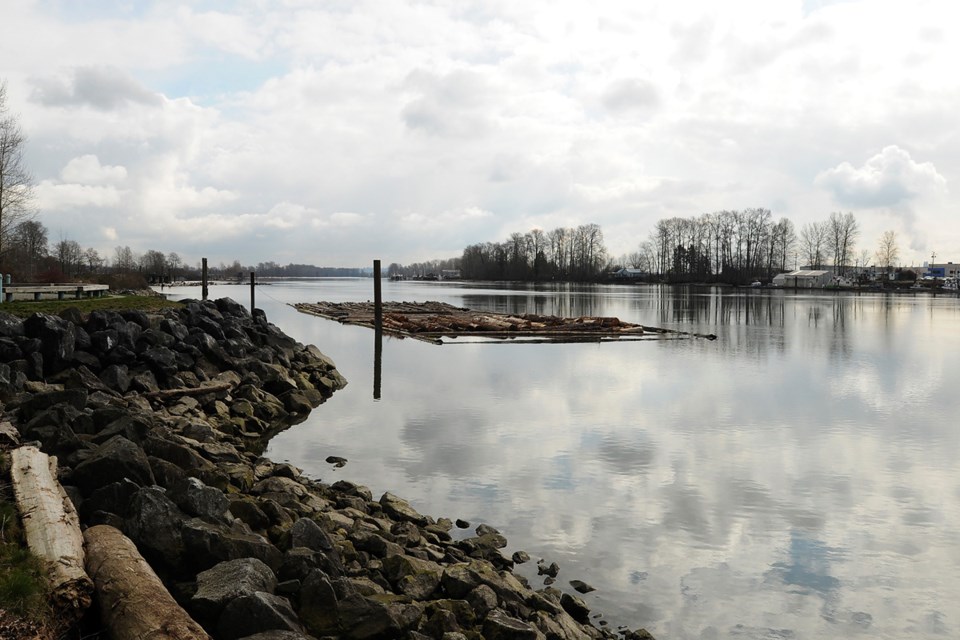If sport, commercial and aboriginal fishermen in B.C. thought 2009 was a bad year for Fraser River sockeye returns, then 2016 is shaping up to be a disaster.
Fewer than one million sockeye are expected to return — the lowest since the Hell’s Gate slide of 1914 that blocked the river.
In the sockeye’s four-year cycle, 2016 was expected to be a low return year for the Fraser River — about 2.2 million. That would be just enough to allow for escapement and a native food fishery. But as of mid-August, returns were starting to point to a final tally that will be half that or even less. That means no commercial fishing for Fraser River sockeye, and most First Nations will not get their allocation of salmon for food, social and ceremonial (FSC) purposes. Sport fishing for chinook was also closed after an opening of just 11 days.
Fisheries managers need a return of at least one million sockeye to meet escapement targets before anyone, including First Nations, can fish.
“The downgrade of the run really was devastating for us,” said Ken Malloway, Fraser Valley representative for the First Nations Fisheries Council.
There have been a few brief openings for the Lower Fraser River for FSC fishermen, but Jennifer Nener, Lower Fraser area director for Fisheries and Oceans, confirmed that First Nations will get only about 10 per cent of their usual allocation — a little over 100,000 fish out of the usual million.
“The folks upriver end up being the biggest losers because they have to shut down before they even get going,” Malloway said.
This will be the second year in a row in which the commercial fishery is closed to Fraser River sockeye.
Last year, returns were expected to be 6.8 million but ended up at about two million.
Earlier this month, the Fraser River was briefly opened to sports fishing for chinook — after sports fishermen threatened a protest fishery — but it was shut down after about 11 days, for fears that fishermen could unintentionally hook sockeye.
The chinook sports fishery was also shut down last year, for the same reason.
While B.C. experiences a bust, Bristol Bay, Alaska, is again seeing a boom — 50 million sockeye this year, according to Alaskan news reports.
The usual suspects in a lineup of culprits blamed for killing B.C. salmon typically include fish farms and global warming. Malloway and some others believe that a “blob” of warm water in the northern Pacific Ocean and subsequent low plankton levels are most likely the cause of this year’s and last year’s poor survival rate for Fraser River sockeye.
“I wouldn’t be surprised, really, if the impact of that is what we’re seeing now,” said Brian Riddell, head of the Pacific Salmon Foundation. “Really you must have had something very large scale. It’s probably to do with food production in the North Pacific.”
Alaska’s higher returns can be explained, in part, because its waters are much colder, and sockeye thrive at lower temperatures.
Alaska also pumps hundreds of millions of hatchery fish into the oceans — about 500 million pink salmon each year.
That has led some fisheries scientists to consider the possibility that hatchery fish are overloading the ocean’s carrying capacity, to the detriment of wild salmon, including B.C. sockeye.
Salmon hatcheries in Alaska, B.C., Washington, Oregon, Japan and Russia have dumped an estimated five billion salmon per year into the northern Pacific Ocean, according to one 2005 study.
See original story here.



